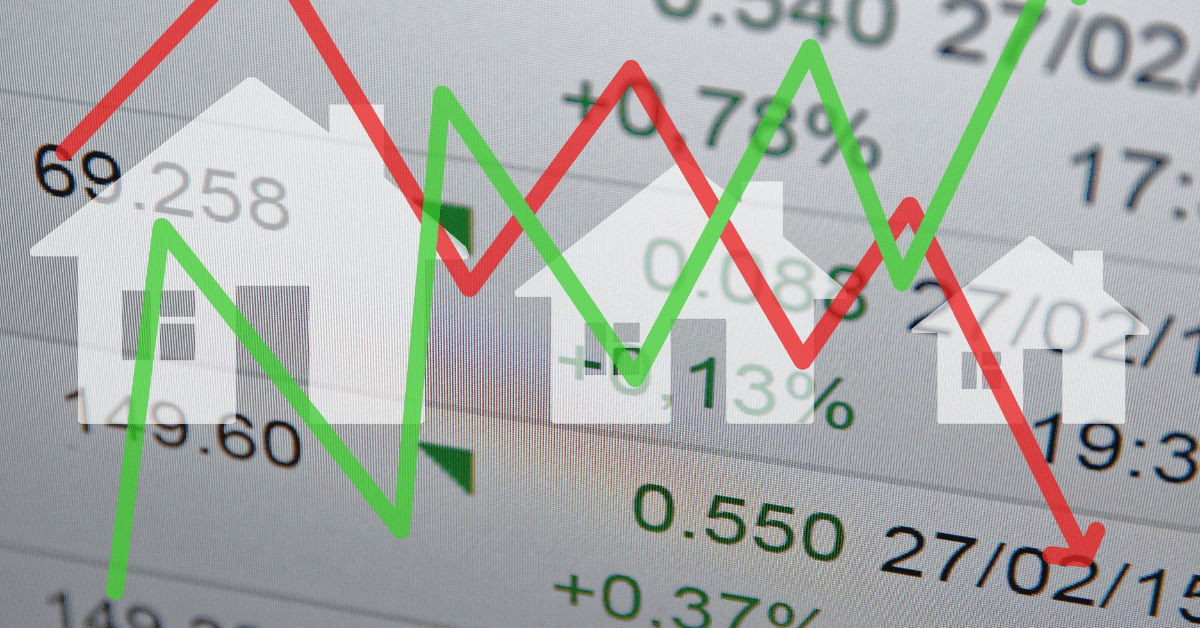
During the Nursery & Landscape Association Executives of North America annual conference, Robert Dietz, Ph.D., chief economist and senior vice president for the National Association of Homebuilders shared his forecast for the housing market and the general economy.
Due to elevated inflation, the Federal Reserve is moving to aggressively tighten its policies in order to reduce its balance sheet. This increase in interest rates like mortgages is slowing economic growth and Dietz says the risk of recession is rising in 2023. He says the probability of recession is a one-in-three chance, and advises businesses to prepare for a recession next year.
Dietz says during the recession caused by COVID-19, it cost the country $1 trillion, but the government pumped $3 trillion into the economy in response. He says this excess stimulus money is what is the cause of the current inflation.
As the stimulus money wanes and higher interest rates and inflation impact households, Dietz says business investments and consumer spending will decrease. As the Federal Reserve works to set monetary policy, Dietz predicts the average rate of inflation will stay at three percent average core PCE into 2024.
Labor Market
One way to reduce the risk of recession is to develop a strong labor market. Dietz says the labor market has rebounded significantly and is only 1 percent down from where it was in February 2020. However, there are 11.5 million open jobs in the U.S. Dietz says you could put everyone currently listed as unemployed in every one of these open jobs and still have millions of openings.
He says part of this is due to demographics. While the number of workers who are 55 and older has increased by 16 million over two decades, the number of 55 and younger individuals in the workforce has declined over the past two decades.
Dietz says labor force participation must be repaired as part of the job market recovery. Currently, two million people have moved to the sidelines and have not returned to the workforce.
He has also noted that from 1948 until now the male participation rate has gone from 86 to 66 percent, while the female work participation rate has gone from 30 percent to 60 percent.
The construction industry in particular is struggling with the labor shortage as there are 381,000 open positions as of February 2022. Wages have increased as a way to attract new workers to this industry, but Dietz notes their productivity has not, which also creates inflation.
Housing Market
As for the housing market, supply chain issues are still a major concern for home builders and Dietz says he expects the construction of single-family homes to decline next year. Meanwhile, multifamily home construction is expanding and remodeling is going strong. No matter what type of housing there is, Dietz says there is a demand for more space both exterior and interior.
Interest rates are trending higher in anticipation of the Federal Reserve tightening their monetary policy. Dietz says it could get up to 5.7 percent, but the line is flattening out with the slowed economic growth pulling this rate down. He predicts a similar period of stagflation – slow growth with rapidly rising prices – like in the 1970s.
These higher interest rates equal declining house affordability. In 2012, the NAHB/Wells Fargo Housing Opportunity Index was around 80 percent. Now it is looking like in the first quarter of 2022 the HOI will fall to 48 percent. Dietz says the last time the HOI fell below 50 percent was in 2006.
Despite the rising prices, demand for homes is high with Millennials but the following generations of Z and Alpha are smaller and expected to impact rentals and apartments 15 years down the road.
Decreased housing affordability in turn has impacted fertility rates, as they hit an all-time low in 2020. Dietz says the less affordable housing is, the less likely people are to get married and have children. Now one in five young adults aged 25 to 34 is living with their parents instead.
Meanwhile, communities that can still provide affordable housing are expected to continue to grow. Currently, the top 10 single-family home markets are all in the South. Three of the top five are located in Texas.

